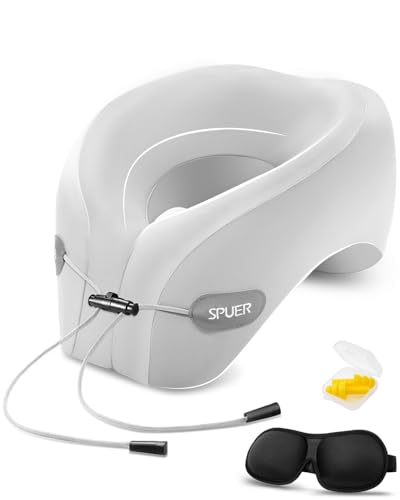I know this topic is old as hell, but I happen to have an answer to the mans question. I can not find names for trains 34,37,38, 39, and 45. If anyone knows these, let me know.
Most number/name combos are taken out of schedule of April 29th, 1979- probably the largest Amtrak's network ever was. If it is not taken out of that scheudule, it is taken out of another earlier or later one, or comes from
Train Web. Most are from schedules- I don't trust anyone but Amtrak to be listing the information accurately. If taken from other sources than the 4/29/79, it will be bolded. If the route is not run now, I will list its end points, and, if relevent, a major central city to help demonstrate its route in parentheses. If it is run now under a different name, its current name is listed in those parentheses. If it runs now under the same name, I don't list anything. You can look em up on Amtrak's site if you are interested. If it runs in a corridor designated in the current timetable, I list that corridors name.
There may be several trains that have used these numbers. Me, being lazy, stopped once I found a single name to go with the number. For example, the briefly run (B) train, the
Spirit of California, was 15 (Lone Star) and 18 (North Coast Hiawatha). I suspect that the 5 numbers I have not found service for have also been used.
1-2.
Sunset Limited
3-4.
Southwest Limited (
Super Chief/
Southwest Chief)
5-6.
San Francisco Zephyr (Slightly rerouted
California Zephyr)
7-8.
Empire Builder
9-10.
North Star (Chicago - Duluth)
11-14.
Coast Starlight
12.
Fast Mail (Northeast Corridor)
13.
Coast Daylight (Oakland-San Diego)
15-16.
Lone Star/Texas Chief (Chicago-Kansas City-Houston)
17-18.
North Coast Hiawatha (Chicago-Billings -Seatle)
19-20.
Southern Crescent (Now
Crescent)
21-22.
Inter American (
Texas Eagle)
23-24.
Gulf Coast Limited (Mobile-New Orleans)
25-26.
Pioneer (Chicago-Denver- Portland-Seattle)
27-28.
Empire Builder Portland Section
29.
Capitol Limited
30-31.
National Limited (New York-Pittsburgh-Kansas City)
32-33.
Shanandoah (Washington-Cumberland-Cincinati)
34.
35-36.
Desert Wind (Chicago-Las Vegas-Los Angeles)
37-38-39.
40-41.
Broadway Limited (New York-Philadelphia-Pittsburgh-Chicago)
42-43.
Valley Forge (Keystone)
44.
Pennsylvanian
45.
46-47.
Three Rivers (New York-Philadelphia-Pittsburgh-Chicago)
48-49.
Lake Shore Limited
50-51.
Cardinal (Running through Richmond, IA, and bypassing Indianapolis)
52-53.
Auto Train
54-55.
Mountaineer (Norfolk-Catlettsburg-Chicago)
56-57.
Floridian (Chicago-Florida)
58-59.
Panama Limited (
City of New Orleans)
60-61.
Montrealer (
Vermonter to Montreal)
62.
Niagara Rainbow (Overnight Maple Leaf)
63-64.
Niagara Rainbow (ES to Niagara Falls NY)
65.
Salt City Express (Empire Service)
66-67.
Night Owl/Hilltopper (Northeast Corridor to Was, then Catlettsburg)
68-69.
Adirondack
70-71.
Henry Hudson (Empire Service)
72-75.
Washington Irving (Empire Service)
73-74.
Empire State Express (Empire Service)
76-79.
Dewitt Clinton (Empire Service)
77-78.
Bear Mountain (Empire Service)
80.
Carolinian
81-82.
Silver Star (Atlantic Coast Service)
83-84.
Silver Meteor (Atlantic Coast Service)
85-86.
Champion (Atlantic Coast Service)
87-88.
Florida Special (Atlantic Coast Service-Express Richmond-Winterhaven)
89-90.
Palmetto
91-92.
Silver Star (Atlantic Coast Service)
93-99.
Virginian (Northeast Corridor)
94-95.
Old Dominion (Northeast Corridor)
96.
Tidewater (Northeast Corridor)
97-98.
Silver Meteor (Atlantic Coast Service)





















































